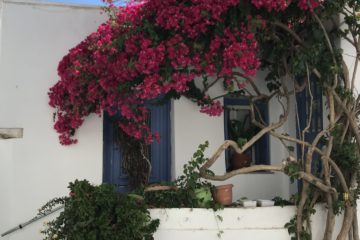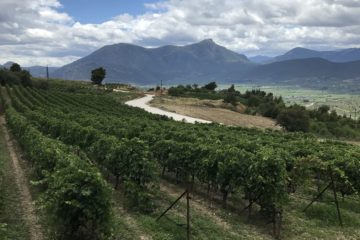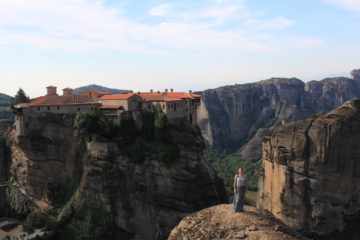As Jess mentioned, she loves caves. I think they’re cool, but my love affair with them is not quite as involved. But one passion her and I both share is a love of adventurous, rigorous hiking. So when we found an opportunity to couple these two passions by joining a caving adventure tour for two days and one night, we thought it was an opportunity we couldn’t pass up. But the wonderful and terrible thing about the Phong Nha Ke-Bang National Park is that there were simply too many tour options for us to decide. The main/only tour operator for the region, Oxalis Adventures, offered a slew of caving tours, so we were left to agonize over which one would suit us best.
We ended up settling on the 2D/1N Tu Lan Cave tour, which seemed to have the best balance between trekking (~8 kilometers), caving (~5.5 kilometers) and cave swimming (~1 kilometer), along with one night of camping next to a waterfall in the jungle. Sounds pretty legit, right? It absolutely, unequivocally was! We were picked up early one morning by Oxalis and joined the other 9 members of tour (from the U.S., Switzerland, Netherlands and Australia) to take a shuttle van to the tour company’s headquarters where we were given trekking shoes, some basic gear and an overview of the tour. [Editor’s note: Highlights of the overview included the “risks” section, which ranged from poison ivy-like plants to leeches to falling off of rocks. Sweet!] We then set off to hike down the road in front of the tour agency directly into the jungle, taking in panoramic views of amazing valleys and limestone mountains which were so scenic that the movie Kong: Skull Island filmed scenes there.
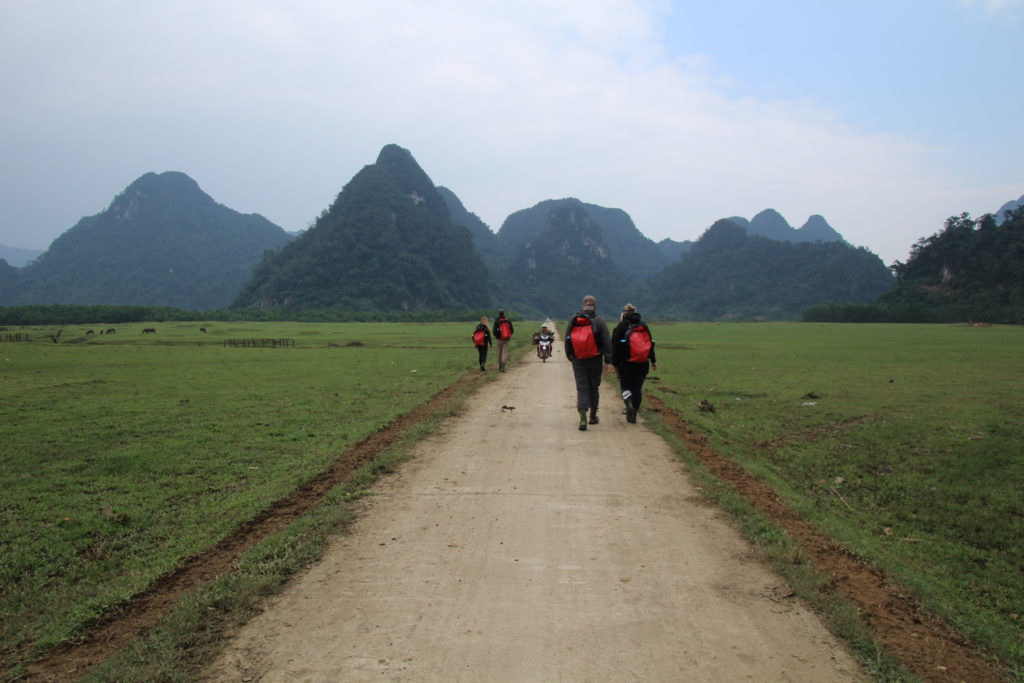
The group sets out on foot towards the jungle as a local on a motorbike heads past us
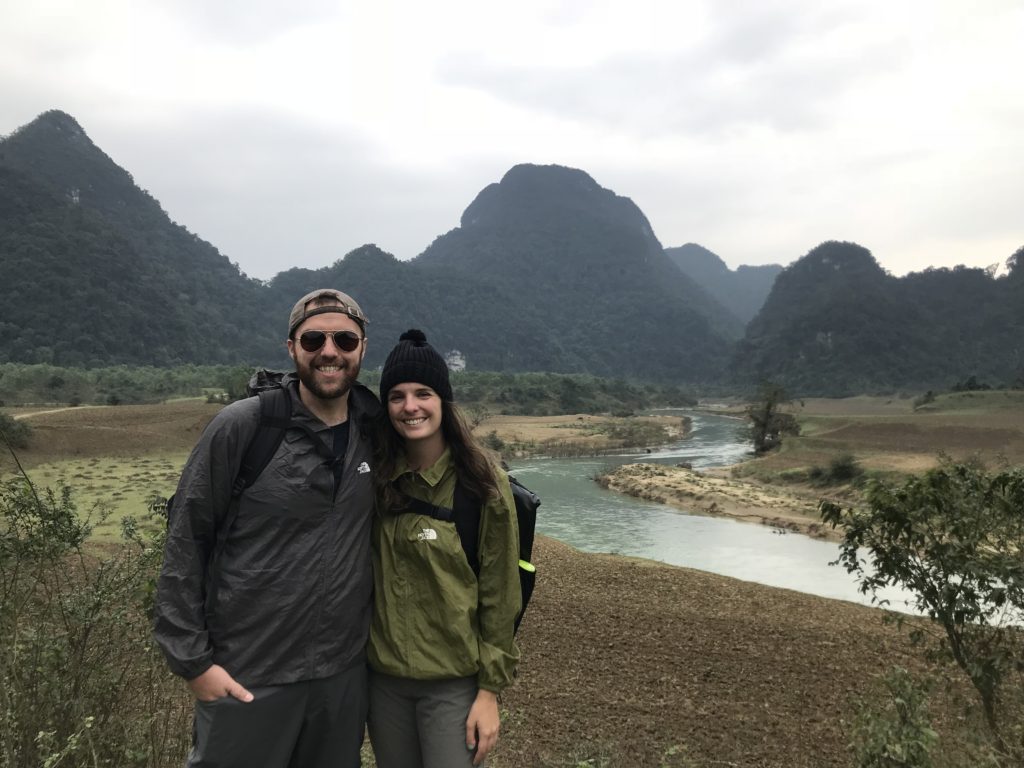
Ready for our adventure!
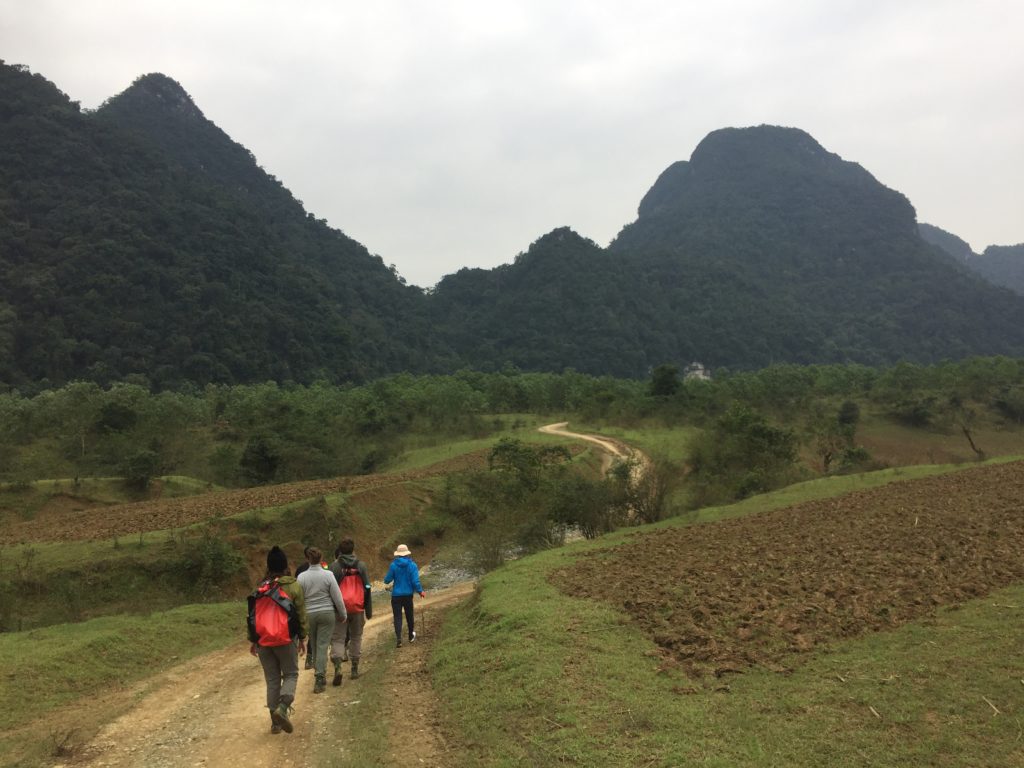
More of the idyllic countryside
Because it’s technically “winter” in Vietnam, with temperatures ranging from 65-70F and cooler at night, everyone (including our Vietnamese guides!) was keen to avoid swimming in water as much as possible. Therefore, when we came to our first river crossing, we convinced our guides to allow us to avoid trudging across with water up to our chests, and instead take us across in boats. Due to the speed of the current in the river, however, this lead to the amusing situation where two Vietnamese guides climbed into the water up to their chests and basically walked our boats across the water while we took turns crouching in the boat in groups of 4, hoping to avoid having it capsize due to our clumsiness. [Editor’s note: I know 70 degrees sounds pretty great, especially to those in North American winter right now, but when camping and getting wet, it’s actually pretty cold! I felt justified in feeling this way when I saw how much the guides were freezing and really didn’t want to go in the water themselves. It was actually kind of funny, but they were good sports about it.]

Crouching in an unstable canoe to cross a river. This one didn’t involve guides in the water holding us, but you get the idea.
Once we were on the other side of the first major river, we were able to begin our foray into the jungle. We had assumed it would be a fairly leisurely/simple hike through the jungle, but were (mostly) pleasantly surprised when it involved rigorous scrambling over jagged rocks and through muddy, slippery paths. Everyone was caught off guard and scrambling to adjust to the new reality, since we quickly transitioned from a basic dirt road to a barely-visible path winding deep into the jungle. After a couple hours of pretty difficult hiking and climbing, we finally made it to our first lunch spot, which involved us dining on banh mi sandwiches inside the mouth of a cave. It was a pretty awesome lunch setting which quickly felt “normal” once we appreciated that we were in a truly unique setting where 500+ caves have been discovered over the years.
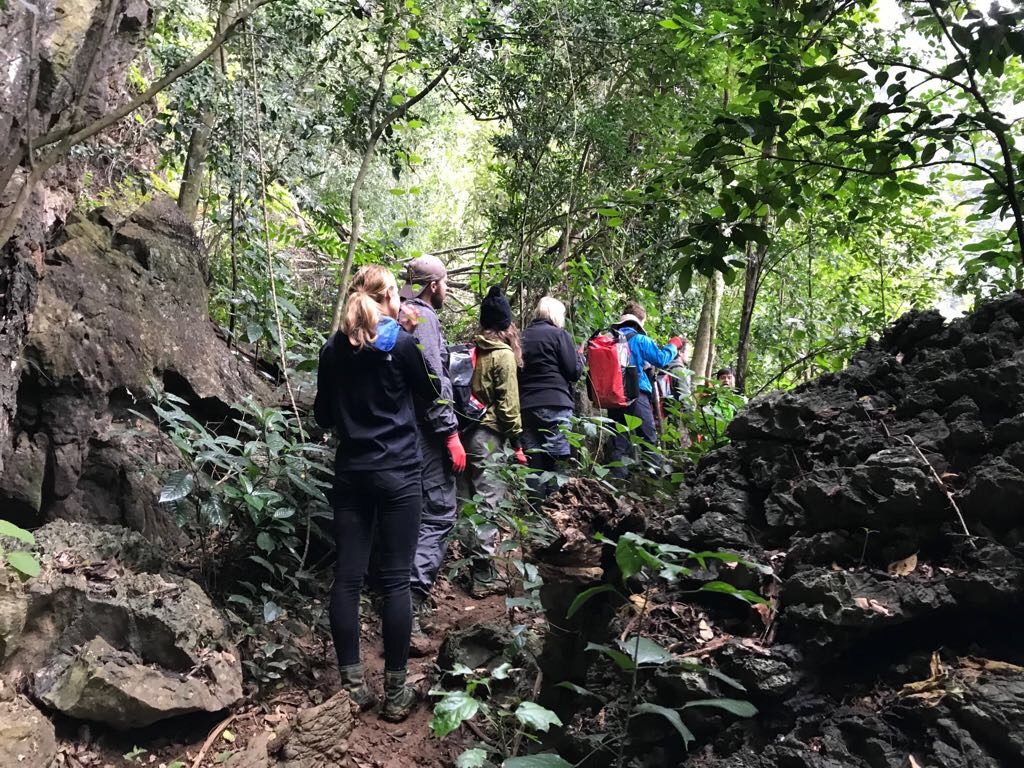
A flat part of the muddy jungle trail
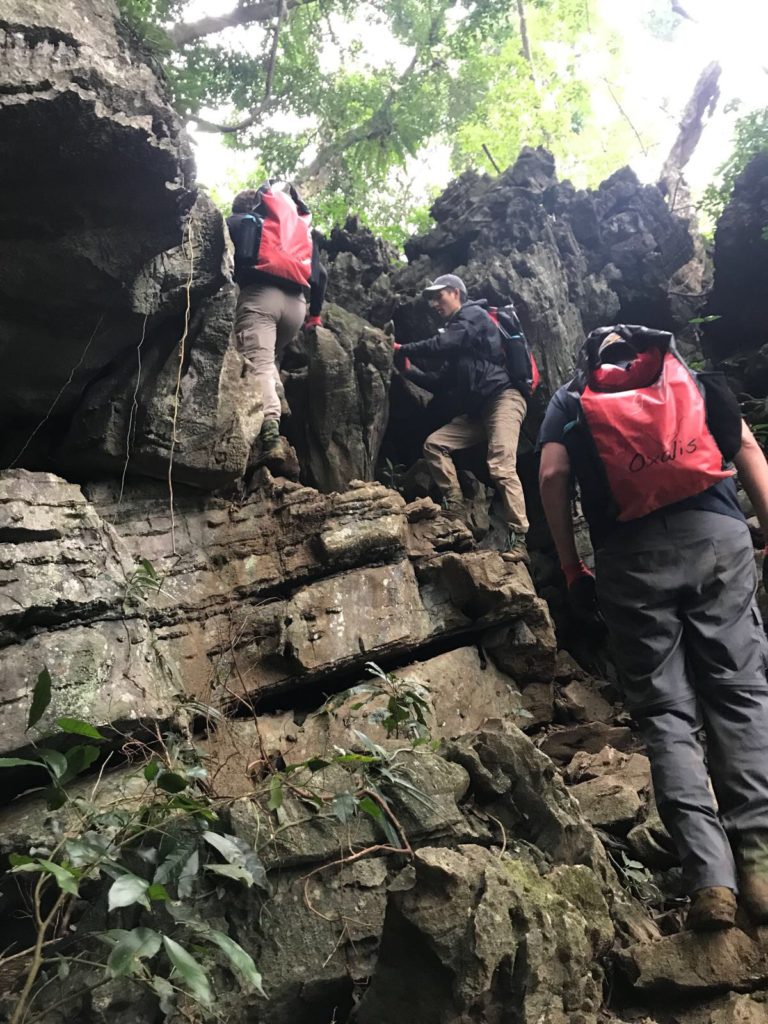
A *not* flat part of the jungle trail
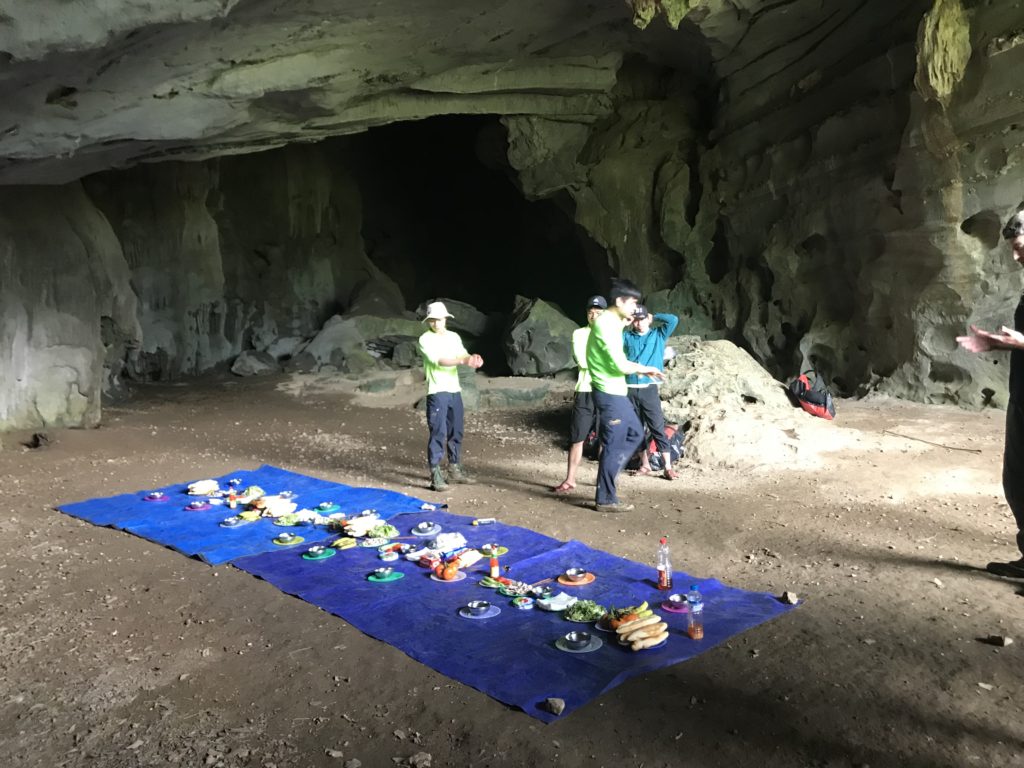
Our picnic-in-a-cave lunch spread
Lunch was refreshing and reenergizing in exactly the ways we needed, luring us all to think that the worst of our hiking was behind us. Wrong. Instead, post-lunch we immediately hiked/climbed up down rock formations of two mountains, exhausting all of us and putting our abilities to the test. [Editor’s note: a funny theme of the excursion became the cheerful and cavalier tone with which our guides would exclaim “ok, this way!” while pointing up a seemingly vertical pile of rocks in the middle of the jungle, or would call backwards “slippery!” as we all frantically tried to grab onto branches and vines that were not poison ivy to steady ourselves in the mud. It didn’t faze the guides at all, of course, but we had no idea what was around the next curve or how much longer it would go, so it was quite an adventure.] It was totally doable, but it required the ideal balance of strenuousness and coordination to pull ourselves up the path while managing not to slip or fall down the side. Most impressively, one of our fellow tour participants was a 63 year old grandmother from Australia who managed to finish it all with a little bit of help from the porters, making her the oldest woman to ever do one of the Oxalis tours. We had a huge amount of respect for her as she completed all the same obstacles as us, without slowing us down too much or any complaints at all (as we whined constantly about being tired).
After descending the second mountain, we made our way to a beautiful opening in the jungle where our campsite was located. A permanent campsite for Oxalis, our tents were a mere stone’s throw from the entrance of a massive cave which contained a sizable waterfall into a calm pool of water ideal for swimming. [Editor’s note: or would have been, had it been warm enough for us to actually swim.] It was an extremely beautiful campsite that was about as bucolic as such things can get! We rested briefly and then set out to explore our first cave of the tour, which was the one located directly opposite our campsite. We took boats to a tranquil spot near the entrance to the cave and the scrambled over some rocks to get inside, at which point we used the headlamps on our helmets to descend deep into the cave. For just being a seemingly random cave in the national park, we were surprised at how massive it was and the wonderful stalagmite/stalactite formations we could see. It felt like the only difference between it and the more ballyhooed Paradise Cave that Jess wrote about earlier is the fact that lights are not contained inside, since it has quite an impact on the setting/ambiance. [Editor’s note: Rorie has never used the word “ballyhooed” before to my knowledge. Strange.] We finished this first cave and were still dry, which was a priority for us all. Thereafter we enjoyed a really exceptional meal made by the porters that eclipses any other that I’ve ever had while camping, then settled around the campfire a short while before retiring to our tents for the evening.
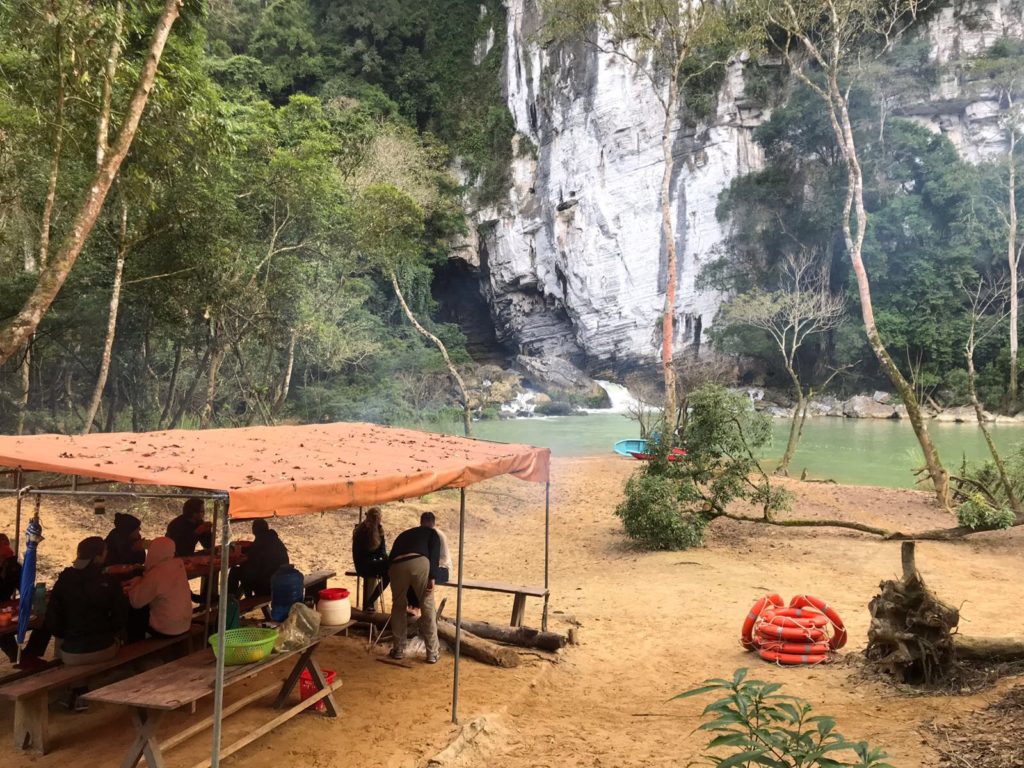
The dining tent at the beautiful campsite with the cave and waterfall in the background
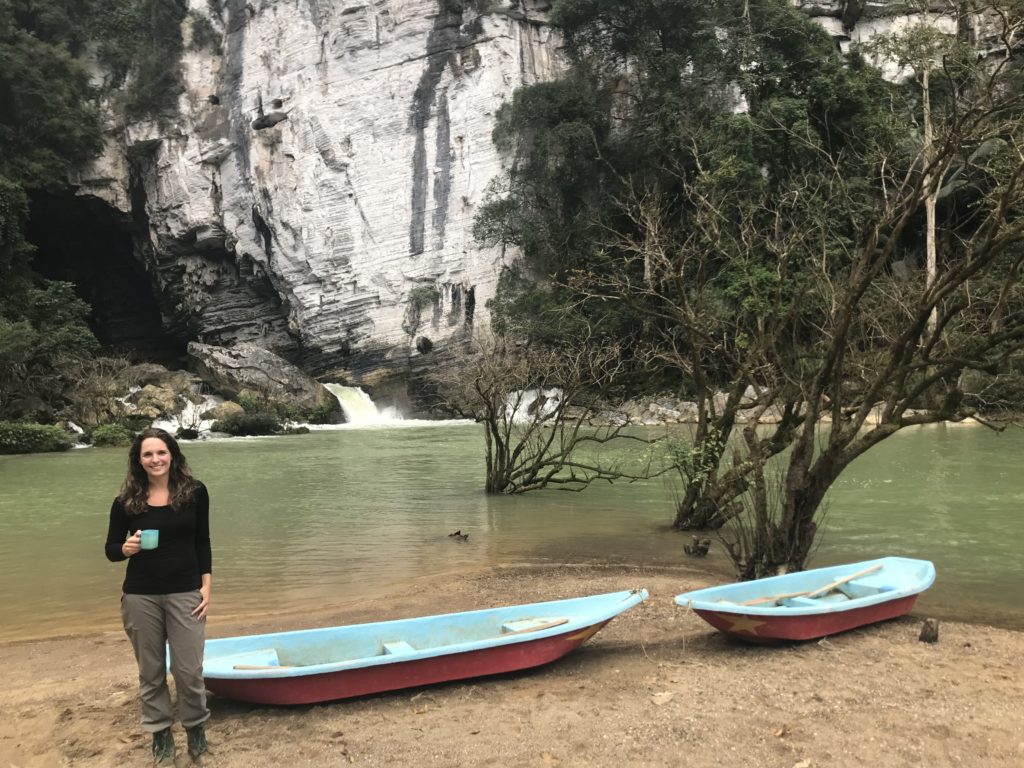
Me in front of the “swimming” area at the campsite (complete with hot tea in hand)
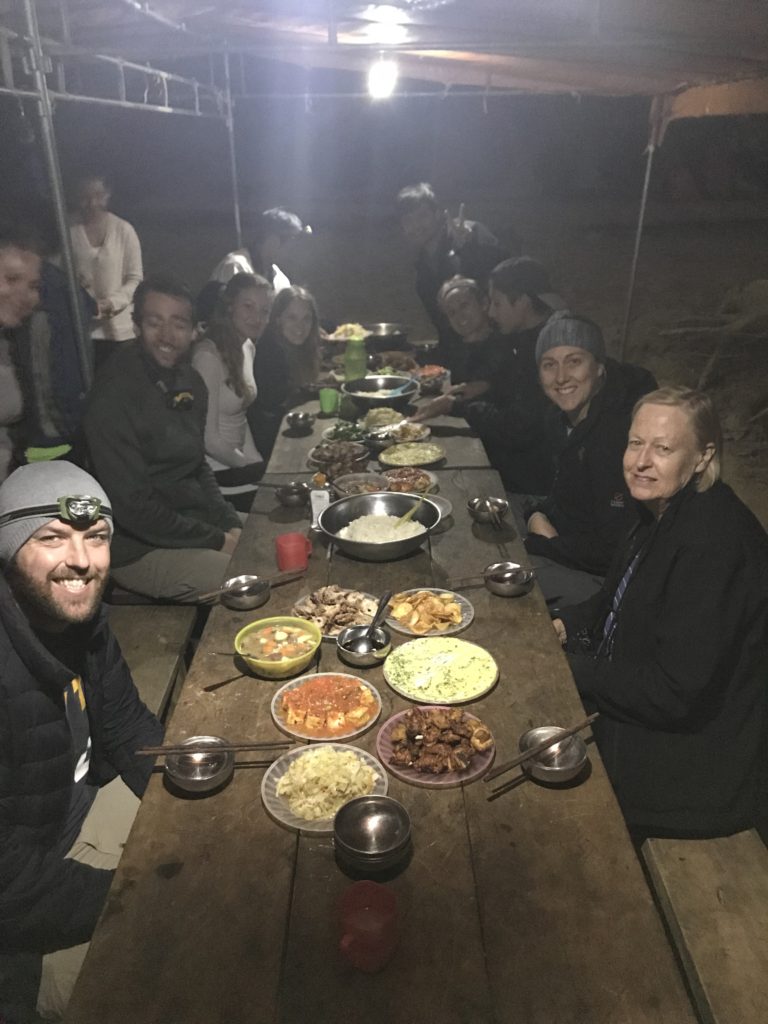
The gourmet dinner spread at our campsite
The next morning we started with breakfast bright and early in the morning before beginning our next cave tour of the famous Tu Lan Cave. To get there, our guide put me and Jess in a paddle boat, gave me the paddles and basically just directed us blindly down the river, telling us to “stay left”. Ummm…okay? I laboriously paddled us down the river while Jess relaxed, basking in my exertion. [Editor’s note: by “bask,” he means “nervously looked over my shoulders to watch out for sticks and rocks he might be steering me into, while also trying to figure out what ‘left’ meant on this river so we didn’t drift away forever.” Very relaxing indeed.] Eventually another cave came into view, so we floated into it until our guide emerged and hollered for us to stop (which involved us clinging to the cave wall while we waited for the rest of the group). Once we were together, we paddled into the darkness of the cave until we reached a rocky area where we parked our boats, at which point we began climbing rocks in the cave to discover new caverns until we eventually made our way to the final one, which was a massive, stunning room filled with huge formations. We hiked through the cave and made it to the opposite end of the cavern where there was a narrow slit at the top where we’d be able to exit the cave, which was simultaneously very picturesque and a great place for taking pictures (the jumping and evolution poses were prompted by our tour guides).
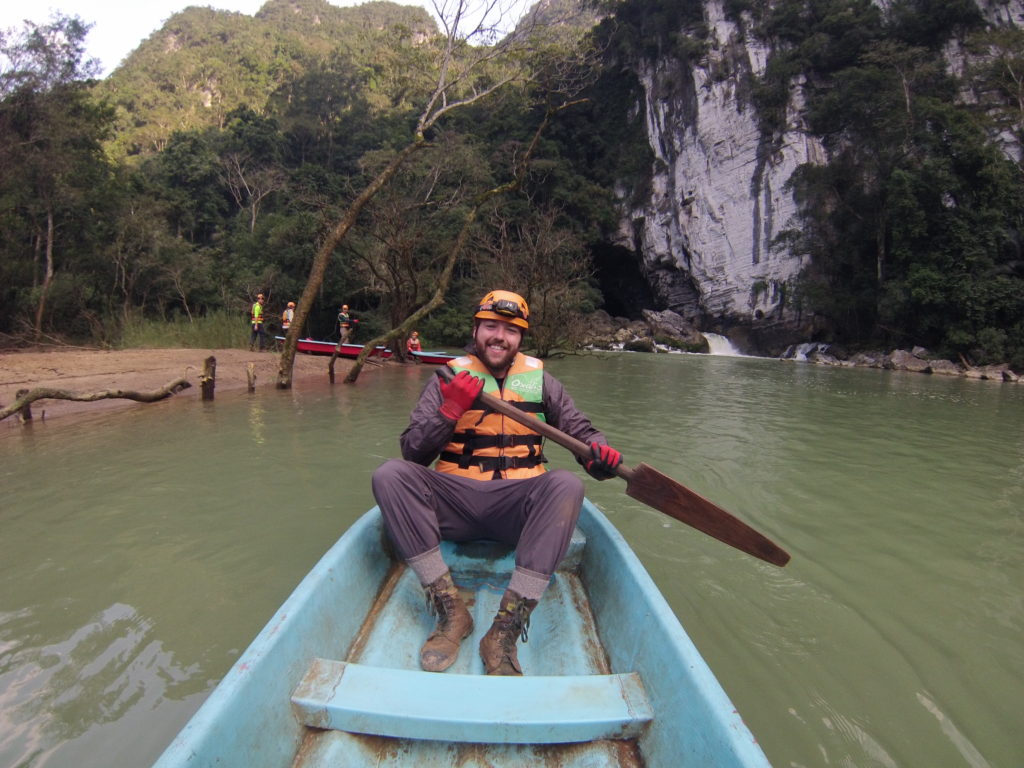
We assumed a guide would get in the boat with us like every other time, but nope! “Go that way, and stay left” were the only instructions. Okey dokey!
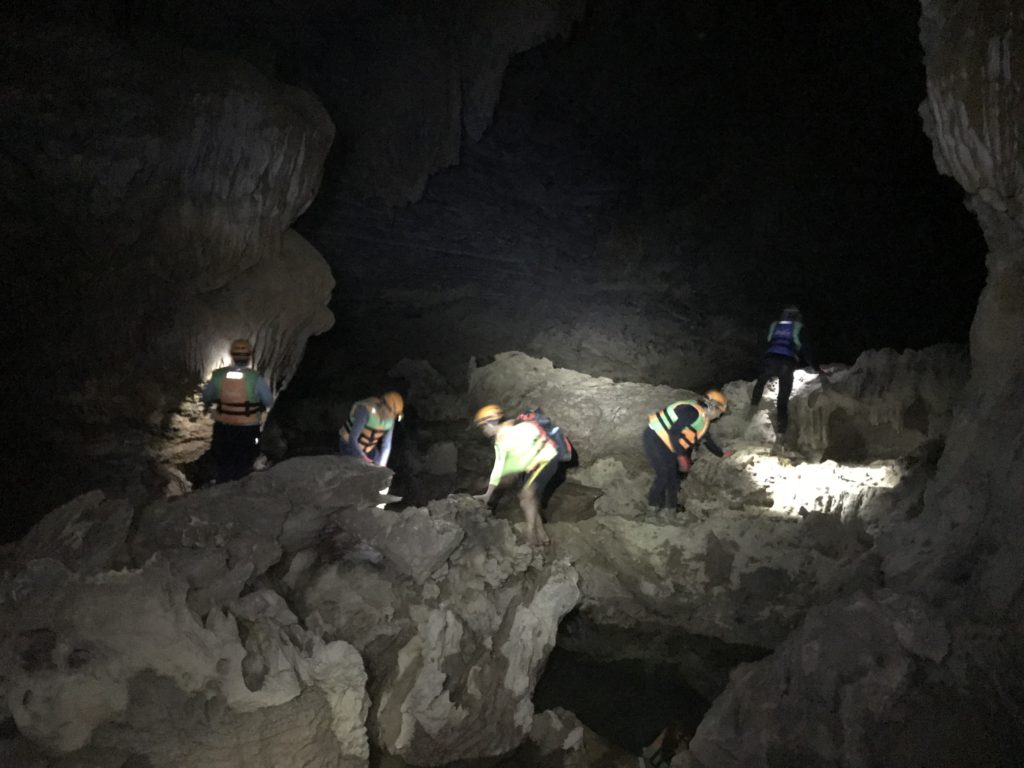
Spelunking by headlamp
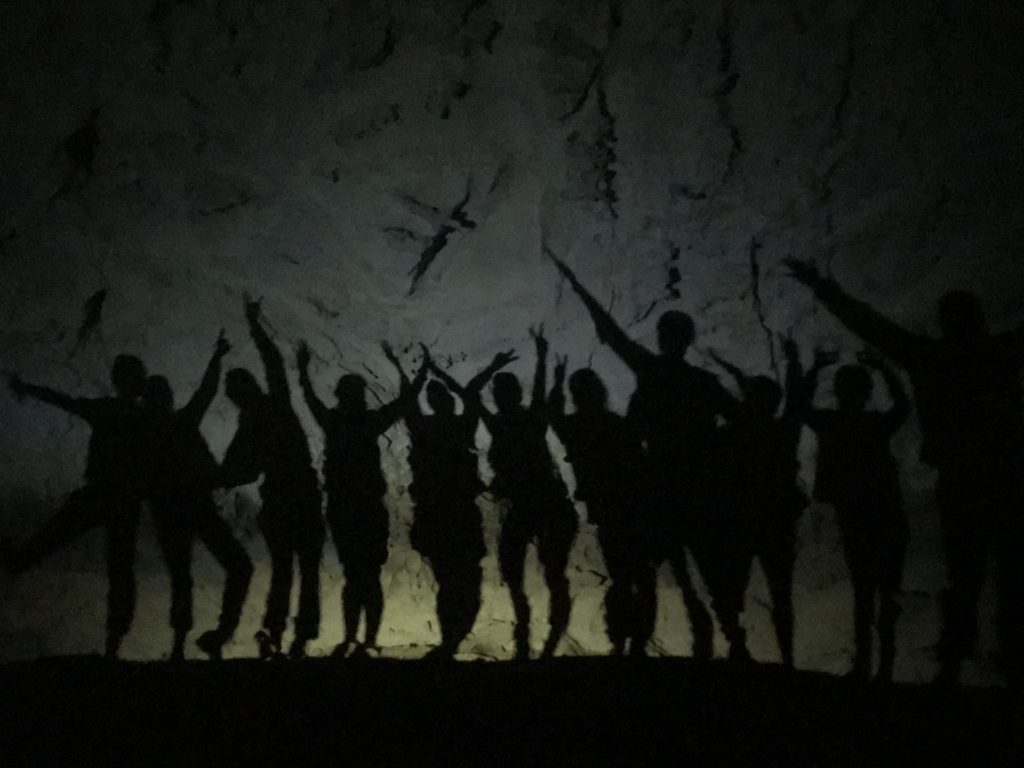
Fun with shadows inside the cave
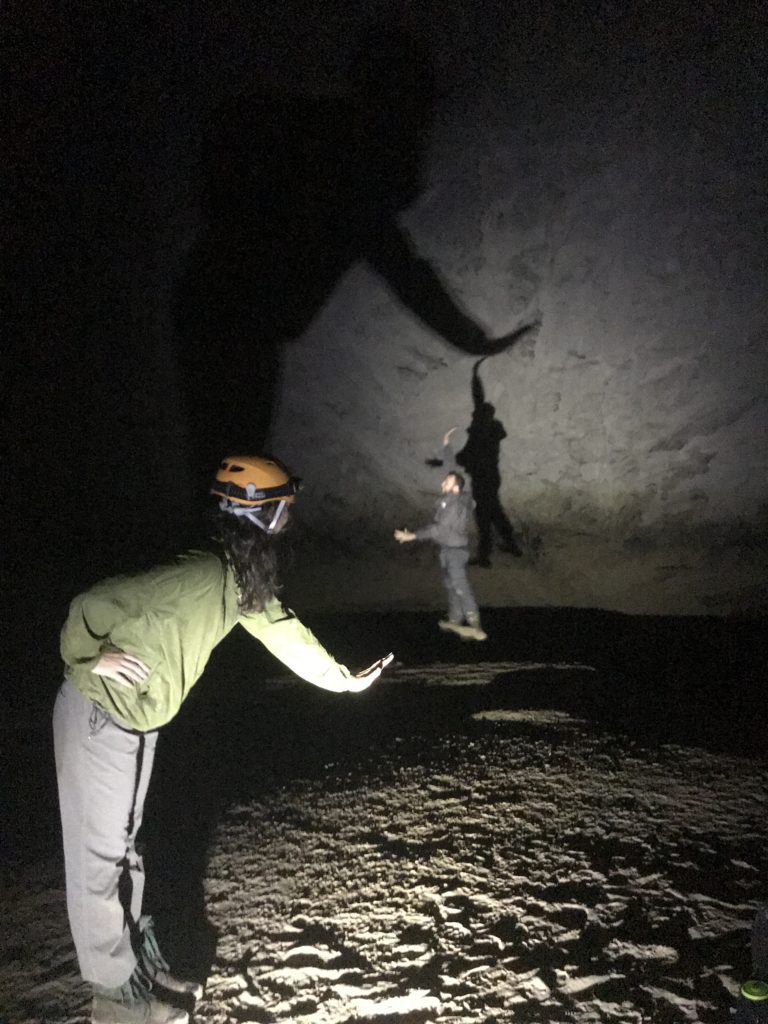
Our guides knew all the best spots for photos along the way. High five, tiny Rorie!
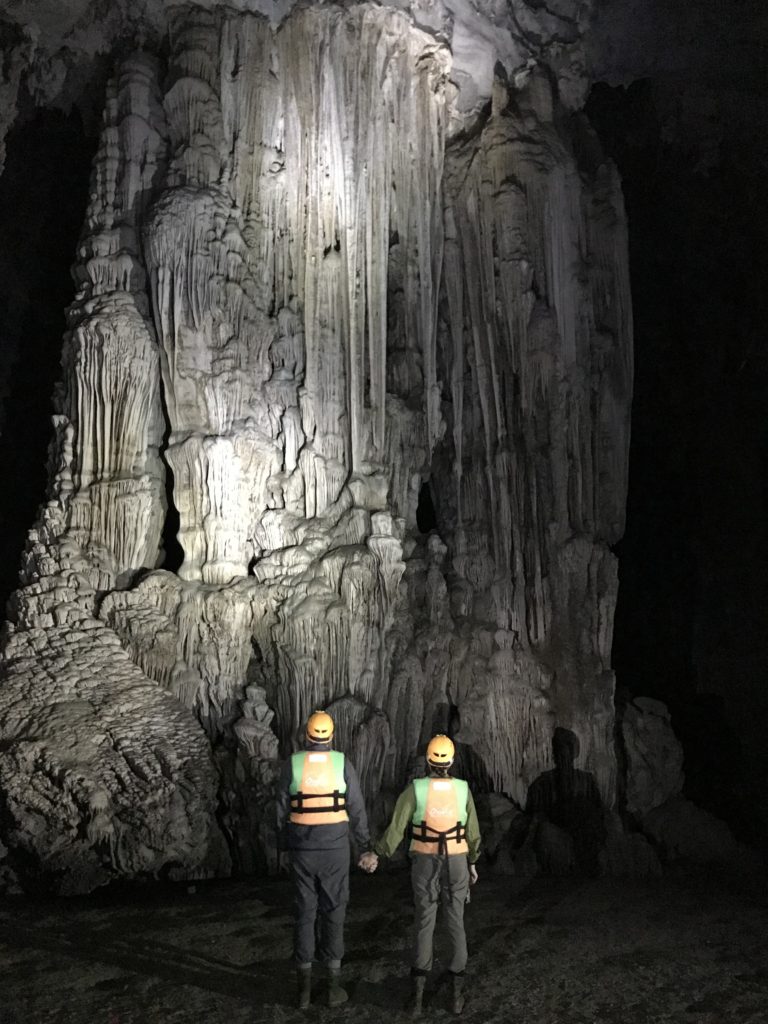
Enjoying the amazing formations by headlamp
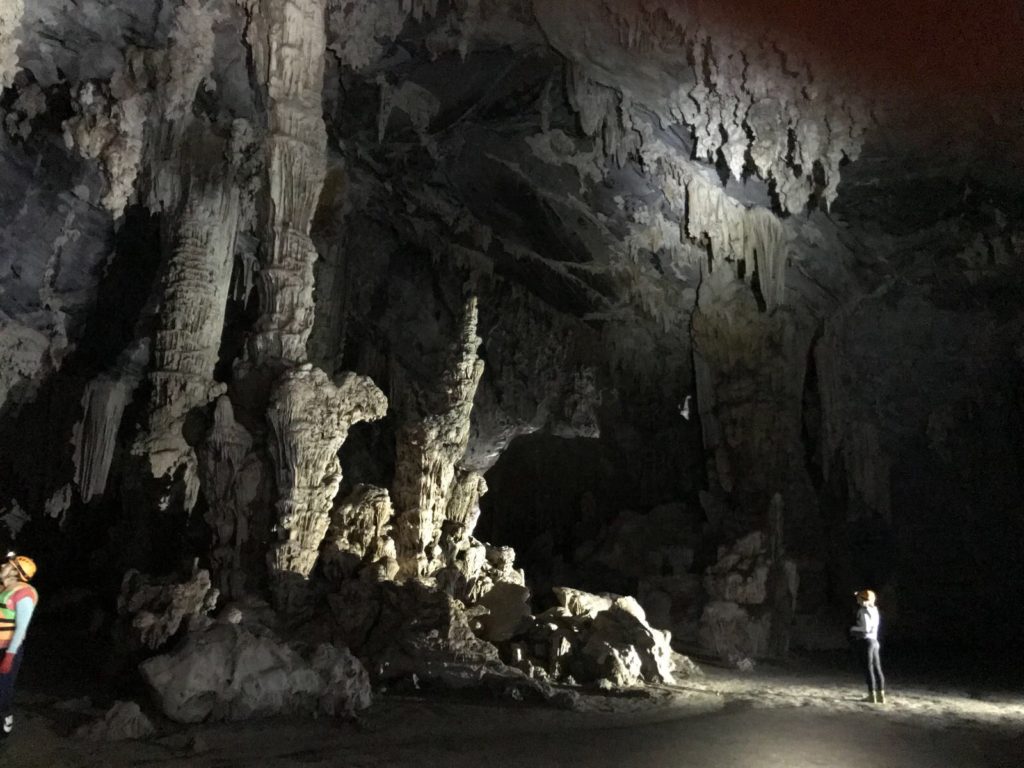
One of the huge caverns
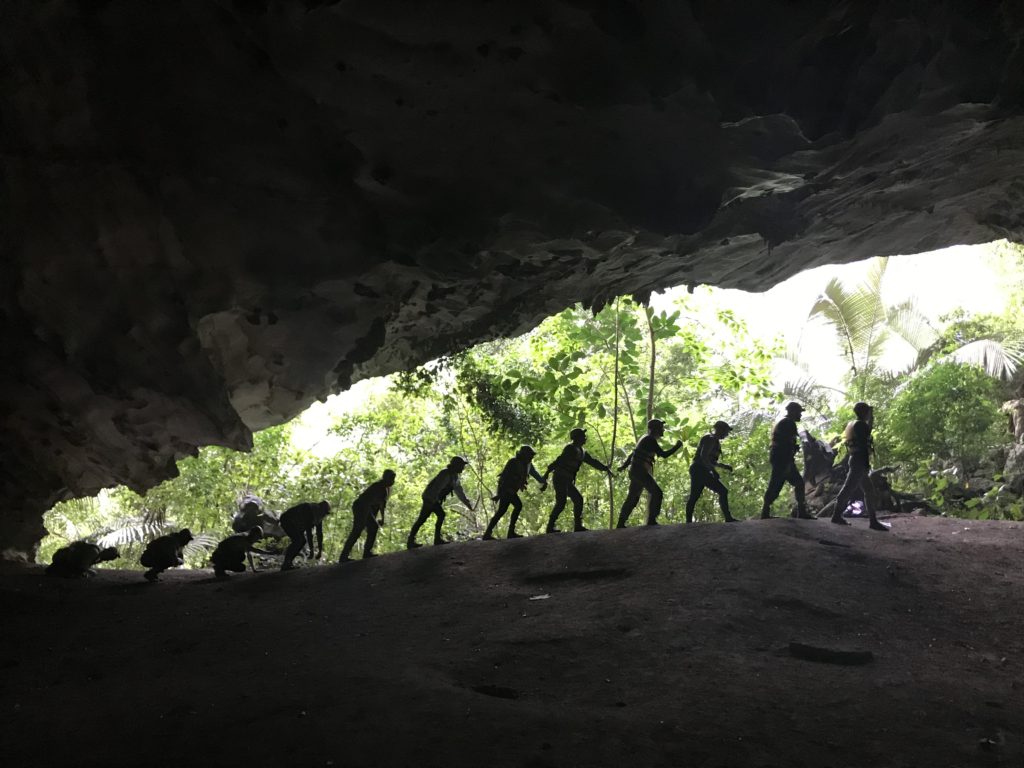
We weren’t sure what the guides wanted at first but I think this turned out pretty well, don’t you?
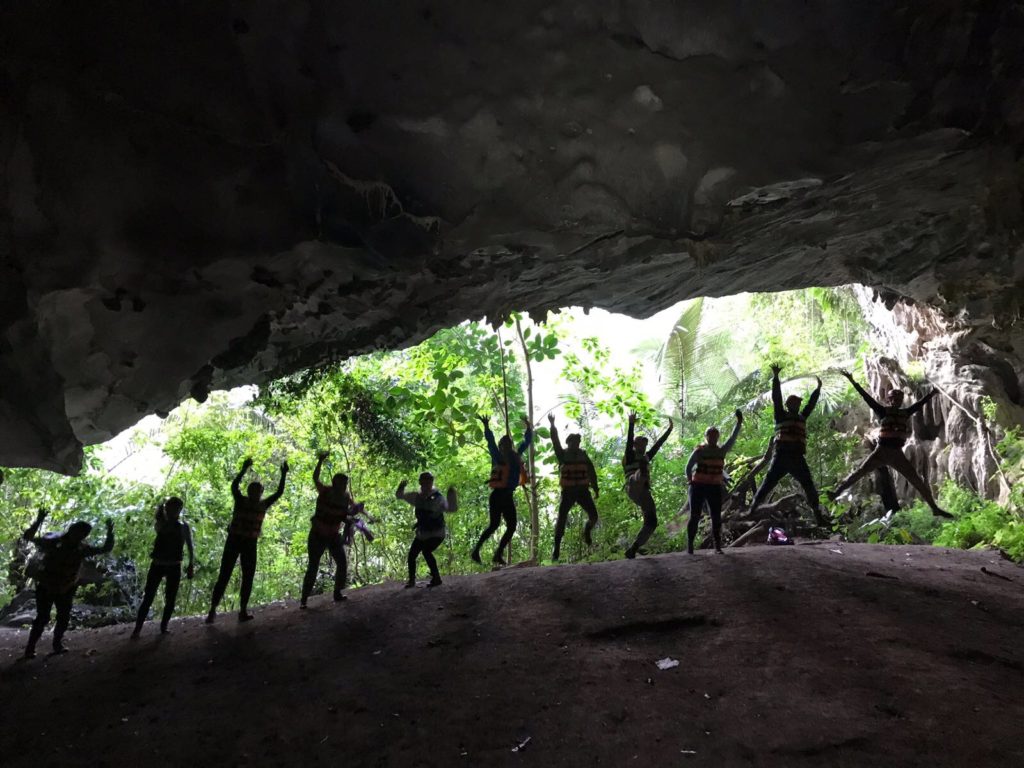
Celebrating in front of the beautiful cave opening into the jungle
From there, we made our way to the third cave. The experience was similar to the first couple of caves so I won’t bore you with redundant details, but will note that a new feature factored in prominently which greatly displeased our group: water. Specifically, the hike between our second and third caves required river crossings and there were no boats to avoid this dilemma, so we were finally forced to confront the cold water that we had so ably avoided up to that point. At the first river crossing we asked our guide how deep the water was, to which he scoffed that it wasn’t too bad and indicated it was only up to our mid-thigh level. With this warning, you can imagine our surprise and unhappiness when the water went up to our chest as we waded across the river. From there, all water was fair play and we ended up doing multiple river crossings to get to the third cave, following the unfortunate formula of 1) get soaking wet and cold crossing a river, 2) hike for a while through the jungle between rivers drying off a bit in the chilly wind, 3) get wet all over again crossing another river. Rinse and repeat. This was our new (cold) normal. [Editor’s note: The irony of all this is that the swimming portions were one of the main draws of this particular tour for me in the first place – there were other tours offered that didn’t involve swimming, but I thought the idea of swimming, especially in a cave, was just super cool. It was only after we’d booked it that I realized that the middle of winter might not be the best time of year for a trip like this. Oh well!]
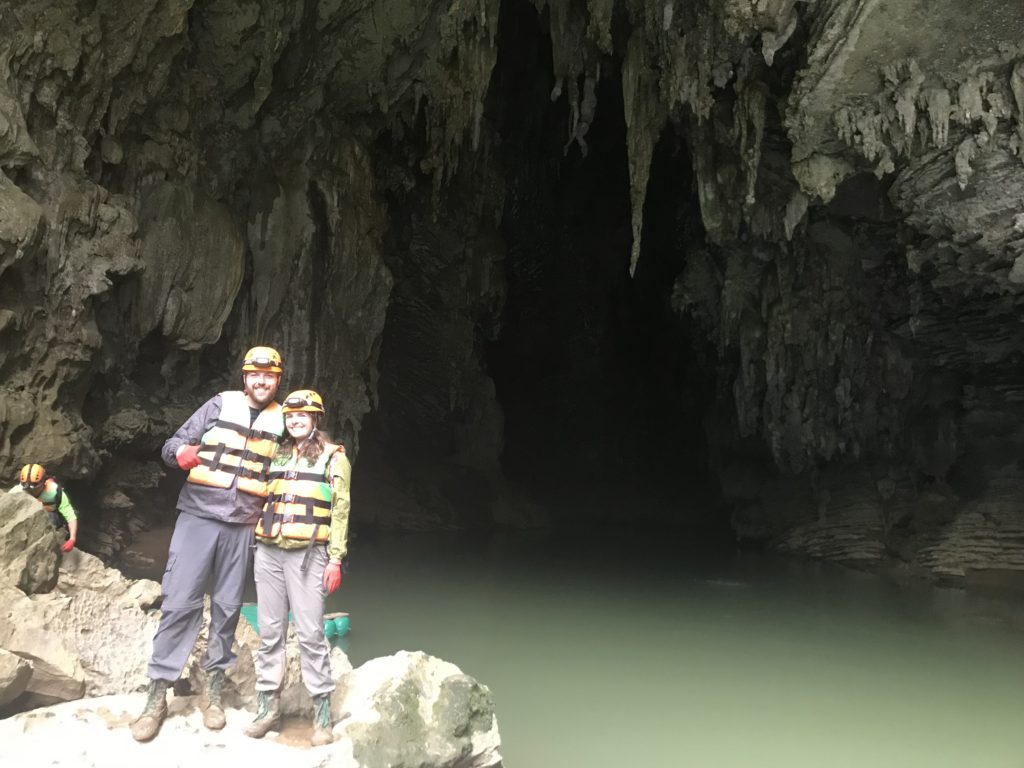
In front of one of the water caves that would imminently involve swimming
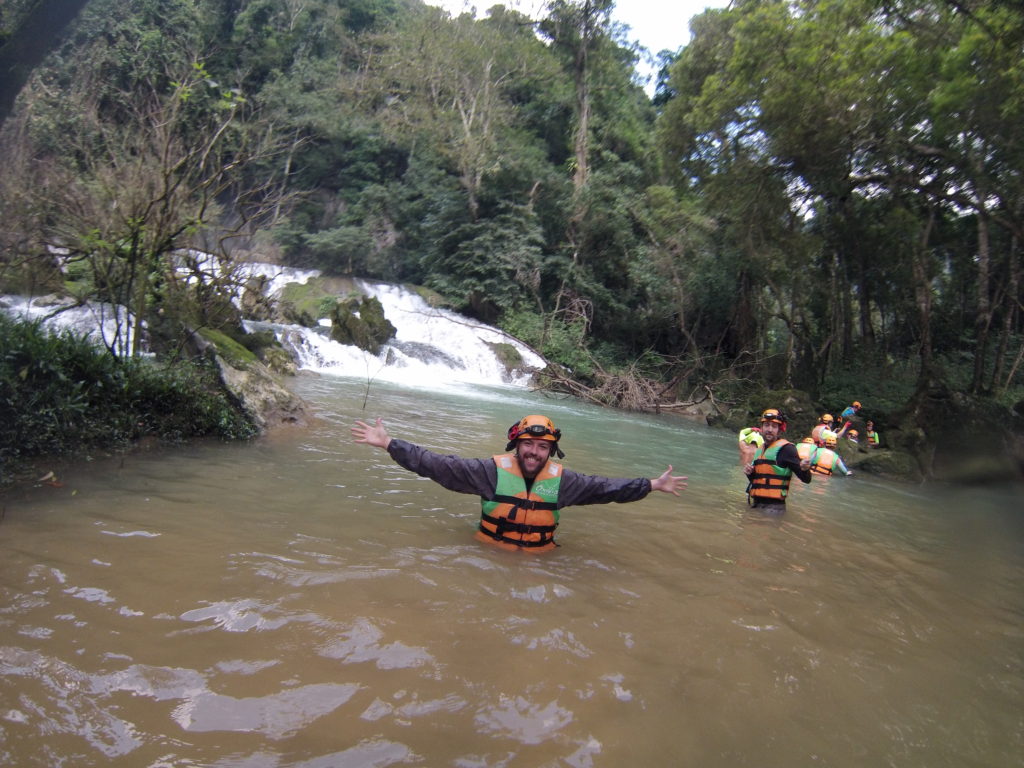
Rorie during one of our river crossings in the “knee or thigh-deep” water
The inside of the third cave followed much of the same pattern as the others, but here was where we were finally able to experience swimming in caves. This involved us hiking through the caves, as normal, until we’d reach large lakes and rivers inside of the caves. We’d often then try to scale the side of the cave walls along the edge of the water, before eventually running out of foot/hand holds and sinking into the water to swim or pull ourselves to the next patch of dry land. It was pretty fun to add this new obstacle to our caving adventures, but it definitely took its toll on our group. By the time we made it to our “brunch” site after the third cave, most of the group (including Jess) was freezing cold and had chattering teeth, though I was weirdly in the minority (of one?) in that I felt totally fine (I was pleased that it wasn’t nearly as cold as I expected).
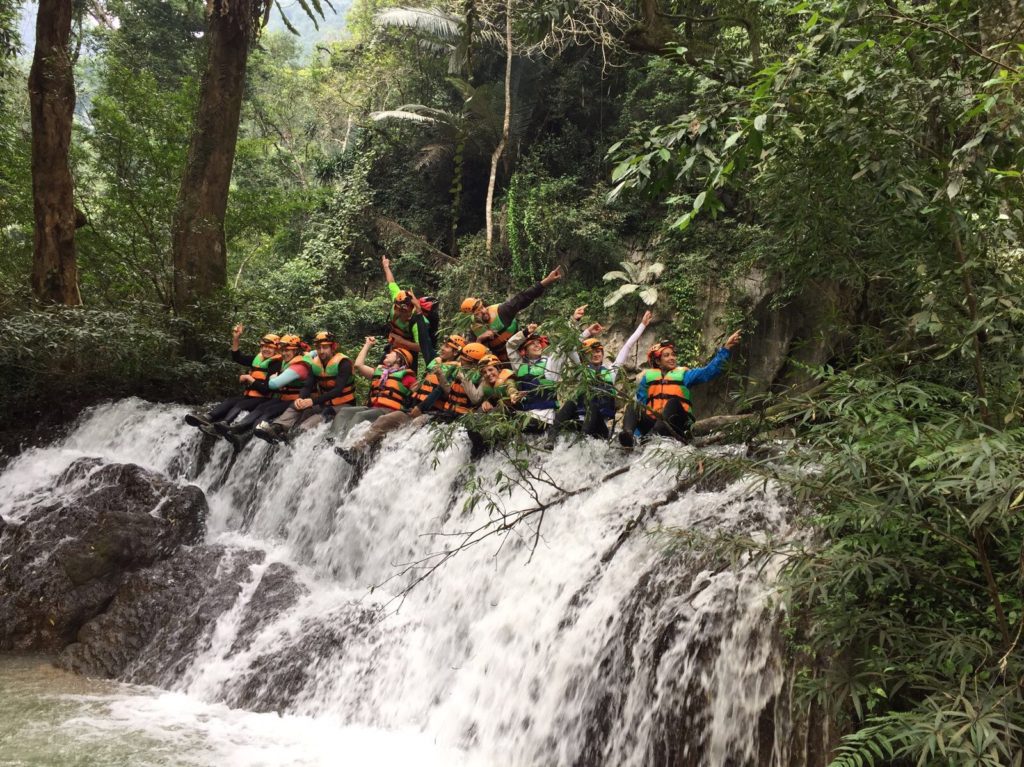
The cold and wet group on a waterfall crossing
After lunch, we hiked in the jungle (with obligatory river crossings) to the final cave of our tour, which involved the same type of hiking, climbing and swimming of the earlier caves. After our last patch of water, where our guides assured us that there’d be no more water in the tour, we were led to a large cavern and told, “Feel free to find a dark corner and change into dry clothes if you’d like.” So Jess and I trudged to a dark, sandy corner and fumbled with our bags until we found our extra set of dry clothes, then took turns turning out our headlamps and rapidly drying ourselves off in the pitch dark and changing into clothes while the others did so in other random/dark crevices in the cave. It was a pretty amusing (and slightly awkward?) turn of events, but certainly memorable. [Editor’s note: cave crickets, anyone?] Reinvigorated with our dry clothes, we then ascended a 40 foot tall ladder and left the cave before backtracking through the jungle, which seemed way easier the second time, and returning to the tour agency to gather ourselves.
We finished the day with a celebratory late (4pm) “lunch” (their meal titles were meaningless) of pho and Vietnamese beer with our fellow tour members, with whom we had bonded a good amount, before being taken back to our hotel in Phong Nha for a much-needed night in a soft bed. Ultimately, this tour was truly a highlight of my time in Vietnam. The caves were just as beautiful and interesting as we expected, but we were completely caught off-guard by the beauty of the jungle and the delightful physicality of the hiking, climbing, swimming and scrambling of the whole tour. [Editor’s note: Absolutely – I’d been so focused on the caves themselves that I hadn’t really thought about the fact that we were in the middle of a basically untouched rainforest. It was so beautiful and I truly felt like we were exploring the deep jungle in a nature documentary.] We’d totally do another overnight tour of the Phong Nha Ke-Bang National Park caves and completely recommend it to others, particularly if it is coupled with an extra day before or after at either Paradise Cave or Phong Nha Cave, since those provide the scenic, well-lit cave views that are memorable, while the tour provides the adventure and rigor.
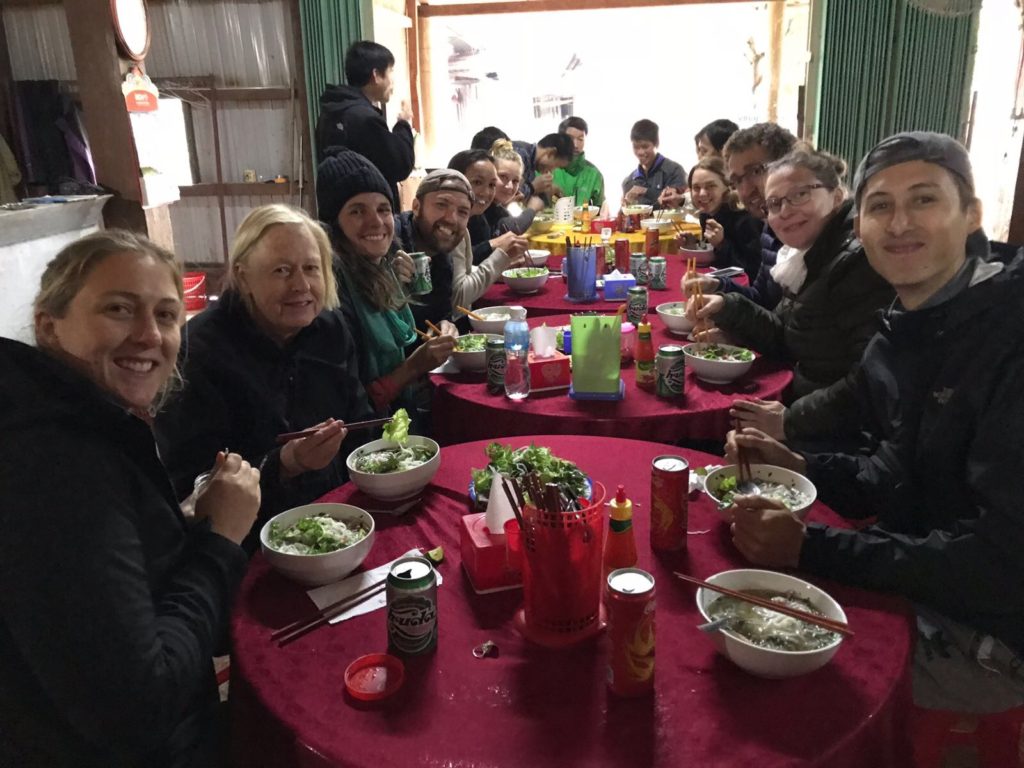
The tired and happy (and finally dry) group at our last meal of the tour

Our porters’ motorbikes wait for them on a dirt road on the way back to the office
